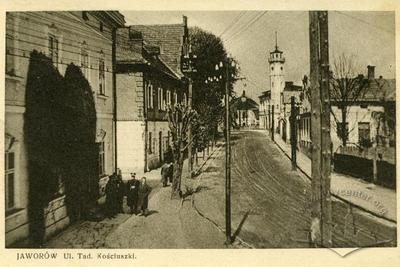
1535
- ID: 1535
From an ethnic point of view, Chernivtsi was the most ‘mixed’ of all provincial capitals of the Habsburg Empire. In 1910 out of a total population of 90.000, around 33% were Jews, 17% Germans, 17% Ukrainians, 16% Romanians and 14% Poles. The rest were Armenians, Hungarians, Slovaks, Lippowanians etc. During the Austrian era, each of the major ehtnic groups established a network of various cultural, educational, sporting, political and social organizations and associations. "National" or "People’s Houses" were built as a meeting point, at the same time those buildings were meant to express the self-confidence and pride of the ethnic group. The Deutsches Haus (German People’s House) shown on the postcard was built in the most fancy street of Chernivtsi, the Herrengasse, in 1910 by the Verein der Christlichen Deutschen in der Bukowina (Association of christian Germans in the Bukowina). The Architect Gustav Fritsch combined neo-gothic with secessionist elements and added some half timbered decorations. There was a restaurant, a wine cellar, a big festive hall, various offices and meeting rooms of student fraternities. According to the agreement between Hitler and Stalin, almost all Germans left the Bukowina for Germany in the fall of 1940. Today, the "Association of Austrian-German Culture" occupies some rooms in the first floor. In the attic an exhibition hall is dedicated to the writer Georg Drozdowski.
Helmut Kusdat